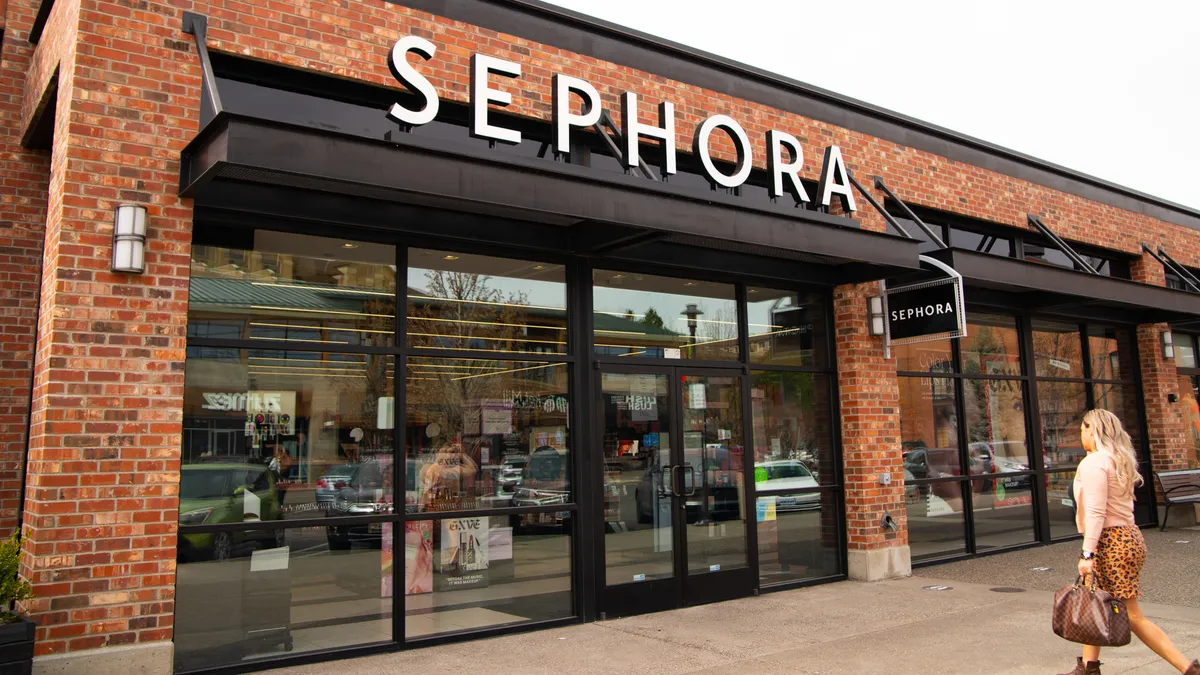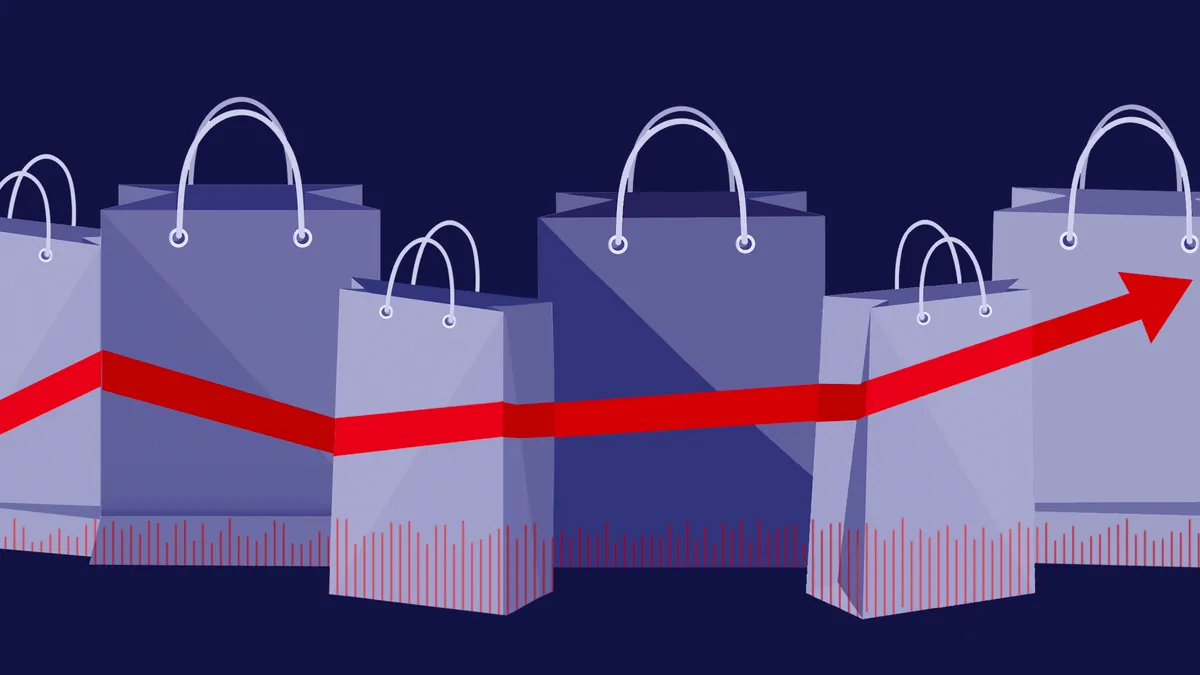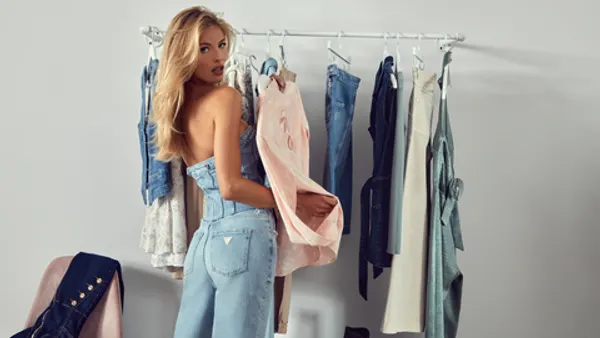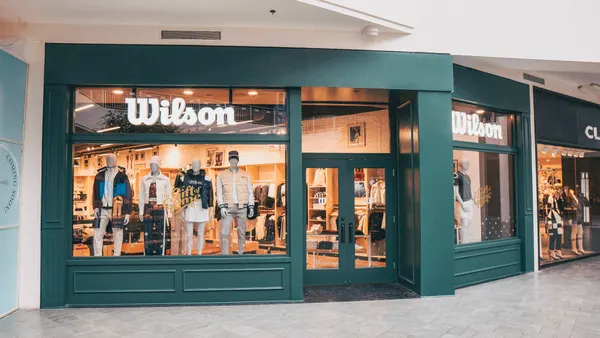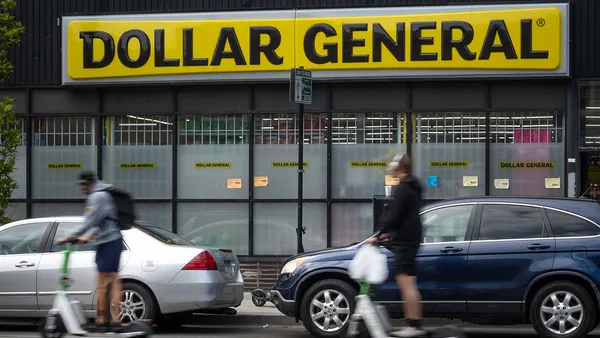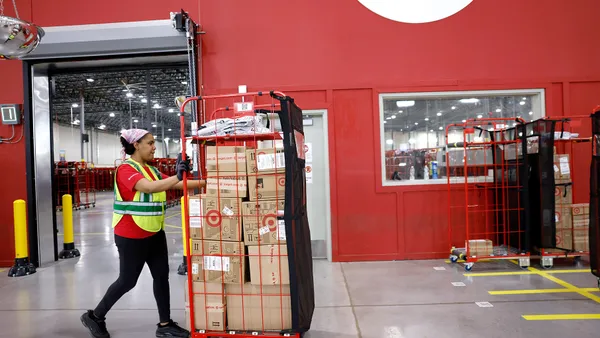NEW YORK — Sephora is in the middle of the largest capital project in its history, wherein it is redesigning every store in its North American fleet, Artemis Patrick, president and CEO of Sephora North America, told an audience at the National Retail Federation’s Big Show conference on Monday.
Some stores “will get major redesigns, and some will get minor,” Patrick said of the project, which launched last fall. The beauty retailer has over 700 stores in North America.
The beauty retailer doesn’t know exactly how long the store transformations will take, but the majority of it will be done over the next five years.
A number of company insights are currently informing the redesigns. Sephora examined heat maps and how people are shopping. The company also thought about its gondolas, or displays in stores that showcase a brand’s products, which Patrick acknowledged are expensive. “We’re not a cheap date,” she said, “and we don’t want our brands to be spending a ton of money on building these amazing fixtures, and then it doesn’t work out.”
Therefore, the company began testing a format that makes it easier to update its stores, with a focus on its key categories of makeup, skin care, fragrance and hair care. Sephora wants to ensure that the shopping experience represents its current assortment but also what the company thinks it may be in the future.
After talking to “millions of consumers,” the beauty retailer also designed a space where its beauty studios could be off to the side. “The reality is, [shoppers] didn’t want their makeup being done in the windows — not shocking — but they wanted more lighting,” Patrick said.
Sephora also considered its line formation for checkout. Shoppers are used to a “snake” line wherein they can look at and consider grabbing product minis while they wait. Yet, 25% of shoppers are being checked out by beauty advisers via mobile throughout the store.
Using that information, and the idea that checkout may increasingly be done in-store via mobile, the company is making some of its fixtures more modular, like the “minis” setup. “We can actually break up the fixture and move it to the front if we wanted to, creating a much more agile footprint,” Patrick said.
“I think too many times retailers talk about the ‘store of the future’ and it’s very much driven by the design team. So you have this conversation of form versus function,” Patrick said, stressing that there’s nothing wrong with that approach. However, Sephora wanted to consider the stores beyond its flagships and ensure a cohesive shopping experience regardless of store location.
“We do believe we have that consistency with our beauty advisers, but maybe not necessarily in our retail stores,” she said.
Sephora has brought the changes to 111 stores over the past few months and, as a result, key performance indicators, transactions, productivity and sales are up when compared to the control group.
Outside of store renovations, Sephora last year increased its global footprint in Australia and over the summer announced Tanger would add locations to its shopping centers. The beauty retailer’s presence at Kohl’s through shop-in-shop fixtures is helping the department store drive growth by bringing a younger, more diverse customer to its stores. It’s also helping Sephora to better compete with Ulta, as many Kohl’s stores operate in the same type of shopping centers as Ulta. In fact, in recent quarters Ulta has directly called out the impact of competitive pressures on its performance.
Correction: A previous version of this story misstated how much of Sephora's fleet is being redesigned. All of Sephora's North American stores are being redesigned.



